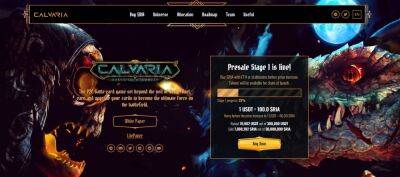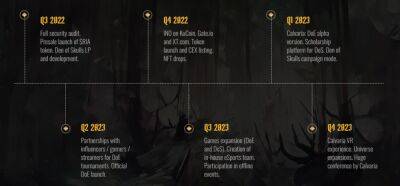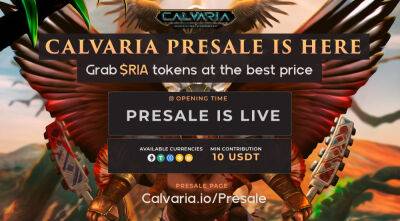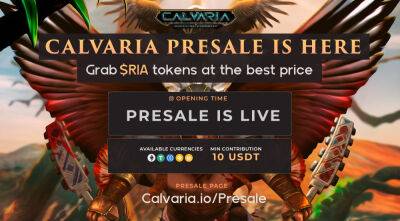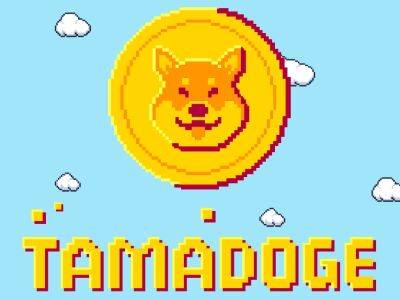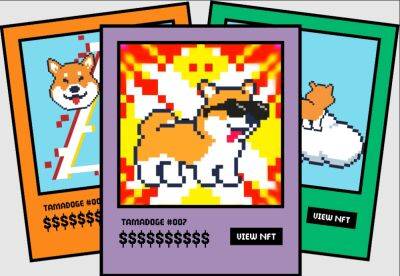Should you invest in move-to-earn or play-to-earn? Calvaria is making it an easy choice
NFTs have revolutionized the crypto market because they have created new ways for holders to generate revenue. It’s a novel idea that has understandably taken the wider world by storm, and more brands and businesses are entering the NFT space.
Two major revenue methods have been making the headlines this year: Play-to-Earn and Move-to-Earn. While the latter caused a great deal of discussion, P2E is what has changed the way we see NFTs, especially with the likes of Calvaria.
The M2E movement was the talk of the town for a while, all thanks to STEPN and its model. However, that has proven to have taken quite a hit, as the project reprioritizes its goals. STEPN is not as popular as it once was, despite seeming like it would change the way crypto users earn money.
Instead, what has proven itself time and again is the P2E model. An enormous number of projects are either implemented or have already launched related features, rewarding players for something that they love doing.
Still, there is a lull in the P2E space, with most projects working with the same ideas - except for one notable project, Calvaria. The game offers many features absent in other P2E titles and these sets make it a unique gem in the market.
Calvaria was launched very recently and is similar to other games of its kind in that it offers collectible cards and the ability to battle with other players. But the similarities stop there as it has so many other unique features.
Accessibility is a big part of the game and to that end, it is available on both PC and mobile app stores. Players also do not need any crypto or assets, or even a wallet, to start playing the game. This means that those who have little experience with crypto easily enter the game.
But the key
Read more on cryptonews.com


